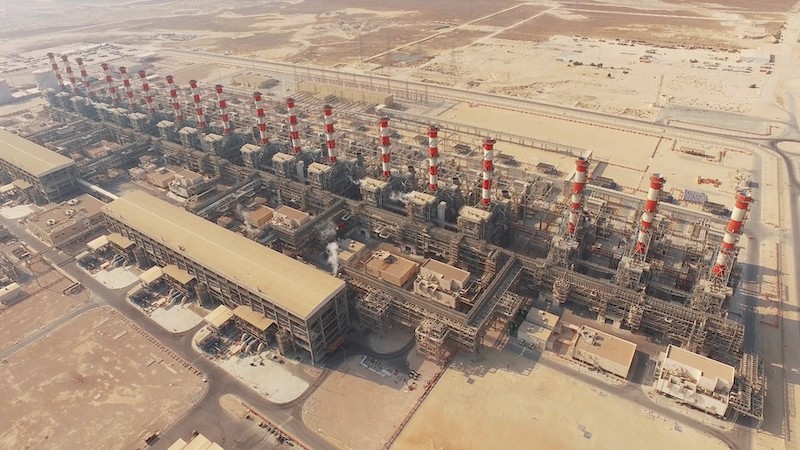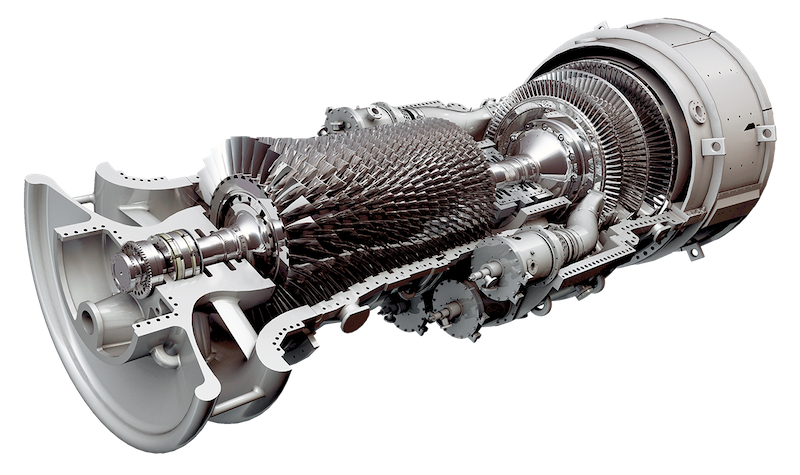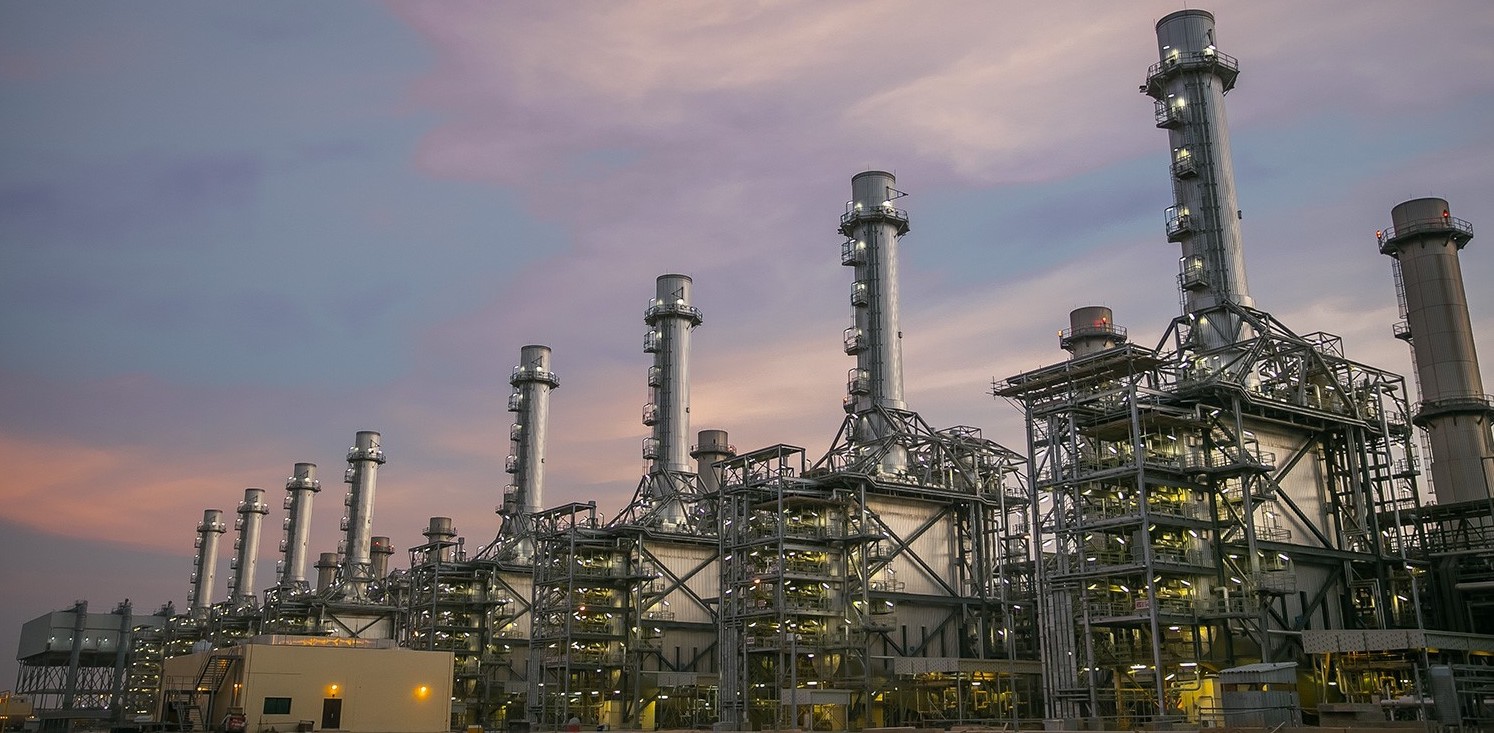Nearly 20 years ago, an oil-and-gas financier named Matt Simmons warned that Saudi Arabia was running out of oil. His book Twilight in the Desert was a sensation in 2005, when the Kingdom of Saudi Arabia was producing 9.5 million barrels a day of crude oil. He was wrong: Last year the kingdom was producing 10.6 million barrels a day. So Saudi Arabia’s plan to diversify is not driven by scarcity. Rather than a twilight for oil, the nation can now engineer a new dawn for renewables as it seeks to remove oil from its power grid and looks to pair a growing portfolio of renewables with the versatility of natural gas power.
At the U.N. Climate Change Conference (COP28), now taking place in the United Arab Emirates, attention has understandably been focused on oil, and whether the region’s influential petroleum producers can join the fight against emissions. For neighboring Saudi Arabia, the answer to that question is a resounding yes. The kingdom has been pursuing a vision for 2030, a broad program intended to diversify its economy by bringing in other sources in addition to petrochemicals. And, notably, the first utility-scale solar projects are underway, like the massive Al Shuaibah 1 and 2, boasting 2.6 gigawatts (GW) of capacity, which is expected to be the largest solar-generating plant in the region when it starts producing next year.

The more immediate task, however, is to reduce the carbon footprint of the electricity sector directly, which historically has run on cheap, raw crude. In collaboration with GE Vernova and Alfanar Projects, the Saudi Electric Company (SEC) has started the work of transitioning a large fleet of GE Vernova’s 7E turbines to run on natural gas instead of liquid fuels at the 3.5-GW Power Plant 10 in Riyadh (PP10), one of the largest power stations in the world. When complete, PP10 will harvest a double gain: Not only will emissions fall, but actual power output will rise — a rise expected to represent up to a substantial 4%.
“With electricity demand being high across the kingdom due to factors like hot and harsh environmental conditions, a growing population, and the concentration of energy-intensive industries such as oil and gas, smelters, and petrochemicals, the availability of more sustainable power is crucial in Saudi Arabia,” says Joseph Anis, president and CEO of GE Vernova’s Gas Power business in Europe, the Middle East, and Africa. “Following this project’s completion, each gas turbine’s efficiency is expected to increase by up to 0.3% and to generate up to 1.7 million fewer tons of carbon dioxide emissions per year for the same amount of power generated.”
Saudi Arabia uses about 400 terawatt-hours of electricity each year, much of that demand going to air conditioning and to the industrial sector, dominated by oil and gas. To generate that power, Saudi has expanded its use of natural gas to about a two-thirds share of its electricity production, with the remaining third still driven mainly by oil. Because those turbines actually burn unrefined crude oil, they are not only high in emissions but a real headache to maintain, according to Jay Bryant, GE Vernova senior product manager for 7E gas turbines. In the same way that painters of the Golden Gate Bridge have to start all over once they finish, Bryant says there’s so much coke and ash that builds up in the oil-fired turbines that crews have to do the same — a maintenance cycle that never really ends. GE Vernova is scheduled to upgrade 20 of the 40 turbines at PP10 to run on natural gas, with the other 20 likely to be converted in the future. In addition to savings on maintenance costs, the expected 4% output gains are so good, says Bryant, that “by doing this upgrade over 20 units we basically get a full unit of additional output. It’s like a buy-20, get-one-free situation.”

GE Vernova has been involved in Saudi infrastructure for nearly 90 years and supports the large national turbine fleet through the GE Manufacturing and Technology Center (GEMTEC) campus in Dammam, which includes a Service and Repairs Center for gas turbines. Upgrading existing units is a big value proposition for SEC, because it economically repurposes a very large standing investment.
The transformation of Saudi’s power sector has a long way to go, however, because electricity demand growth is so strong and the country’s population is so young on average. Total generation is up a whopping 42% in just the past ten years, according to the Energy Institute’s Statistical Review. With more growth to come, it’s fortunate that GE Vernova’s 7E is a marvel of versatility, going from oil to natural gas in the present but also fully upgradable to run on hydrogen in the future. “Reducing the intensity of carbon emissions from power generation activities in the country is an important part of helping to address the country’s climate targets,” says Anis. “We applaud SEC’s efforts to reduce the carbon emissions of their operations for a more sustainable future.”
